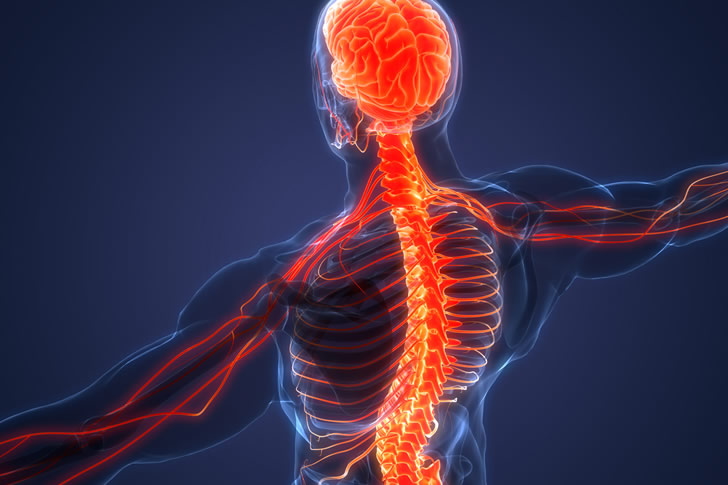Understanding Spinal Decompression and Its Potential Benefits for Relief
Spinal decompression is a therapeutic intervention widely recognized for its potential to alleviate pain associated with spinal disc injuries and other spine-related disorders. This gentle, non-surgical therapy aims to reduce pressure on compressed spinal discs and improve the overall health of spinal structures. As spinal health is crucial for mobility and quality of life, understanding how spinal decompression works and its benefits is essential for individuals suffering from chronic back pain.

The Fundamentals of Spinal Decompression
Spinal decompression therapy involves the stretching of the spine using a traction table or similar motorized device with the goal of relieving pain and promoting an optimal healing environment for bulging, degenerating, or herniated discs. The principle behind spinal decompression is to create negative pressure within the disc, thereby allowing bulging or herniated disk material to be pulled back within the normal confines of the disc, which facilitates healing and decreases inflammation.
During a spinal decompression session, patients remain clothed and lie on a motorized table, the lower half of which can move. A harness is placed around the hips and is attached to the lower table near the feet. The upper part of the table remains fixed in place while the lower part, to which the patient is harnessed, slides back and forth to provide the traction and relaxation phases.
Scientific Basis and Effectiveness
Research into spinal decompression therapy has supported its effectiveness, although results can vary depending on the individual and the specific condition being treated. A key study published in the American Journal of Pain Management found that 86% of the 219 patients who completed therapy reported immediate resolution of symptoms, and 84% remained pain-free 90 days post-treatment. This suggests a significant immediate and long-term relief from pain, especially for those suffering from herniated discs and sciatic nerve compression.
Further, a study in the Orthopedic Technology Review found that after spinal decompression, 92% of patients demonstrated improved spinal disc heights on MRI scans, providing visual evidence of its effectiveness.
Potential Benefits of Spinal Decompression
The potential benefits of non-invasive spinal decompression therapy are extensive, particularly for individuals who have experienced little to no success with other treatment options. Some of the most notable benefits include:
– Reduction in pain and discomfort
– Decrease in inflammation
– Enhanced mobility and range of motion
– Decreased need for surgery
In particular, individuals suffering from chronic back pain, sciatica, herniated discs, or degenerative disc disease may find substantial improvements in their symptoms. Unlike surgical interventions, spinal decompression offers a non-invasive solution that does not require recovery periods or the risks associated with surgery.
Risks and Considerations
While spinal decompression is a safe procedure for most patients, it is not suitable for everyone. Those with severe conditions such as spinal fractures, tumors, or osteoporosis should not undergo this therapy without prior consultation with a healthcare professional. Furthermore, pregnant women are advised against undergoing spinal decompression due to the potential for unnecessary stress on the developing fetus.
It’s also essential for potential candidates to remember that while some may experience significant pain relief, outcomes can vary, and maintenance sessions may be necessary to sustain the benefits.
Conclusion
Overall, spinal decompression therapy offers a promising option for those looking to relieve pain caused by spinal issues and improve their quality of life without undergoing surgery. With its basis in scientific research and positive outcomes reported by many patients, it stands as a significant component of modern pain management. However, as with any medical treatment, it’s crucial to consult with healthcare professionals for a personalized assessment and to determine the best treatment plan for your specific needs.
In conclusion, if you’re suffering from chronic back pain and seek a non-invasive treatment, discussing spinal decompression with your doctor might be the next step towards achieving pain relief and reclaiming an active lifestyle.







Recent Comments